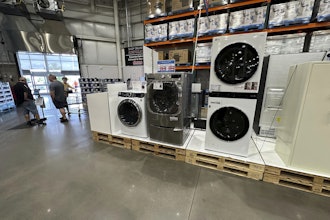As I've seen gasoline prices trend up at convenience stores back to $2 a gallon in recent weeks here in Wisconsin, I couldn't help but wonder if this is helping industrial distributors feel a little more optimistic.
WTI Crude Oil – which reached a 13-year low of $28 per barrel in both January and February – has rebounded to $38.50 by March 11, and checked in at $37.47 Monday morning.
While that has caused me to pay more at the pump, it's a welcome sign for the industrial market, and for the many industrial distributors severely impacted by weakened product demand that cheap oil has caused over the past 12 months.
Several large distributors on ID's 2015 Big 50 List have recently announced downsizing, either in branch closures or consolidation or reduced headcount as a means of cost savings and an effort to refocus on core business.
The International Energy Agency on Friday released its latest monthly analysis, saying that February oil production fell among both OPEC and non-OPEC nations. Supply outages in Irag, Nigeria, and the United Arab Emirates have led the price drop, and IEA also says there are signs that non-OPEC supply is falling faster than anticipated.Brazil, Colombia, China and Kazakhstan also slashed their production plans in February
"There are signs that prices might have bottomed out," IEA's report said.
In February, oil analysts surveyed by Bloomberg said they believe crude will hit $46 by the fourth quarter. If so, that'd be a shot in the arm to the industrial distribution market.
In its latest Short-Term Energy Outlook, the Department of Energy forecasts that production outside OPEC will fall by 440,000 barrels per day over 2016. That compares with a drop of just 90,000 barrels per day that it foresaw in January. Comparitively, the IEA says it expected non-OPEC production to drop by 750,000 barrels per day this year. That compares with a drop of 600,000 barrels per day anticipated a month earlier.
IEA analysts, however, also cautioned that the promising report was not a "definitive sign that the worst is necessarily over." Global demand could continue to suffer due to a strong dollar and a sluggish Chinese economy.
This past December, when oil was essentially the same price it is right now, OPEC said it expects oil to eventually rebound to $70 per barrell, but not until 2020.






















